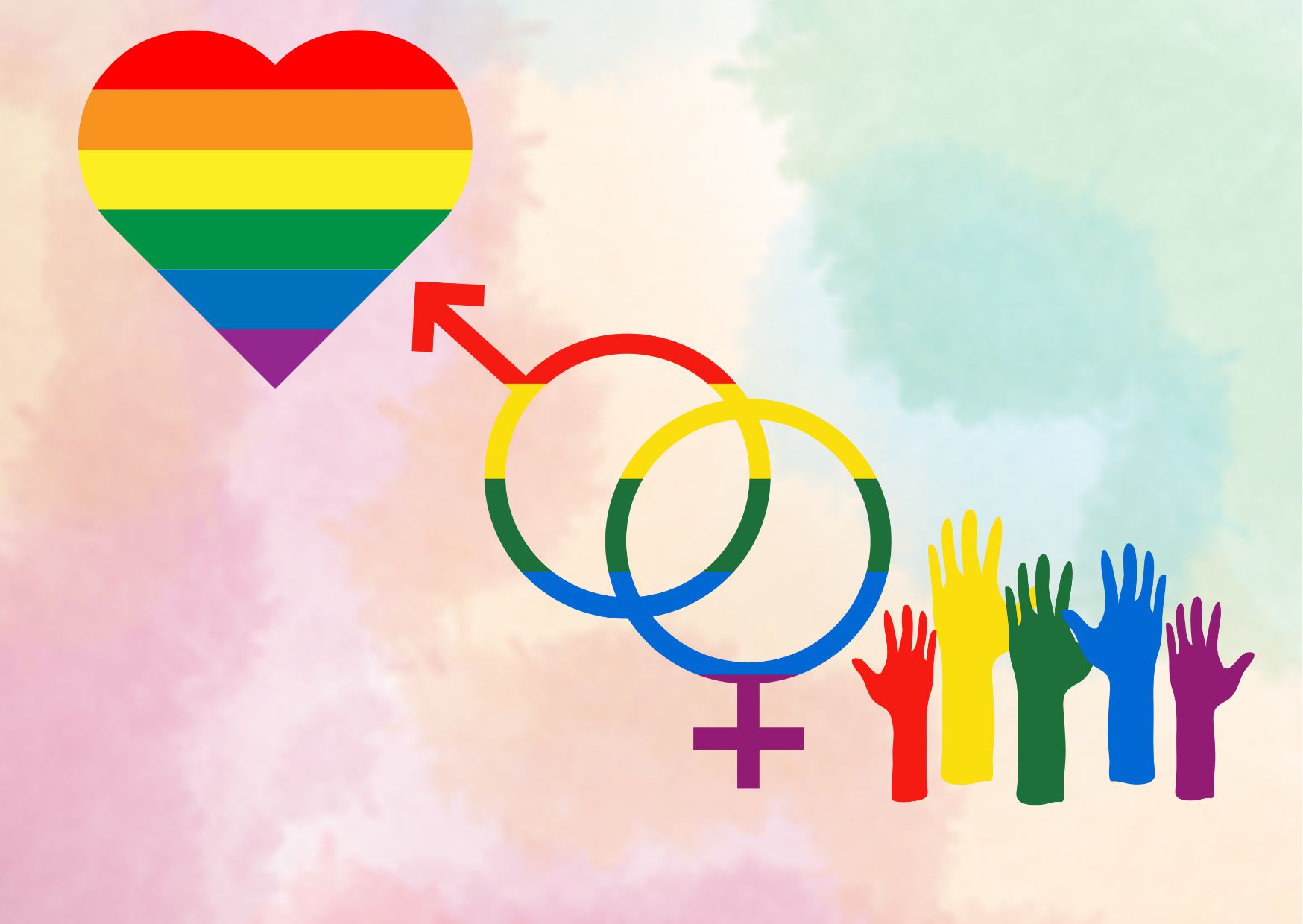Understanding Internalized Homophobia: Signs, Effects, and Treatment
Introduction
In today’s society, where heterosexuality is often considered the norm, individuals who identify as LGBTQ+ often face unique challenges. One significant challenge is internalized homophobia, which occurs when someone in the LGBTQ+ community internalizes society’s negative perceptions and biases towards homosexuality. In this comprehensive guide, we will explore what internalized homophobia is, its signs and effects, and how it can be treated.
What is Internalized Homophobia?
Internalized homophobia refers to the thoughts, feelings, and behaviors that arise from the belief that being queer is bad, wrong, sinful, or inferior to being straight. It is the result of societal heterosexism, which assumes heterosexuality as the default and marginalizes individuals who do not conform to this norm. Internalized homophobia can affect anyone within the LGBTQ+ community, as they internalize the negative messages and stereotypes surrounding their sexual orientation.
Signs of Internalized Homophobia
Recognizing the signs of internalized homophobia is essential for individuals to address and overcome this internalized prejudice. Some common signs include:
- Negative Self-Talk: People with internalized homophobia often engage in negative self-talk, doubting their worth and feeling shame about their sexual orientation.
- Self-Isolation: Individuals may distance themselves from other LGBTQ+ individuals or the community as a whole, fearing rejection or judgment.
- Denial or Suppression: Some individuals may deny or suppress their sexual orientation, attempting to conform to societal expectations or hiding their true identity.
- Internal Conflicts: Internalized homophobia can lead to internal conflicts, as individuals may struggle to reconcile their sexual orientation with societal expectations or religious beliefs.
- Internalized Stereotypes: Individuals may perpetuate stereotypes about LGBTQ+ individuals, believing that they should conform to these stereotypes or feeling shame when they don’t.
- Fear of Coming Out: Fear of coming out or being open about their sexual orientation is a common sign of internalized homophobia, as individuals may anticipate negative reactions or discrimination.
- Avoidance of LGBTQ+ Spaces: Some individuals may actively avoid LGBTQ+ spaces or events, feeling uncomfortable or unwelcome due to internalized homophobia.
Effects of Internalized Homophobia
Internalized homophobia can have significant impacts on an individual’s mental health, relationships, and overall well-being. The effects may include:
- Poor Self-Esteem: Internalized homophobia can lead to low self-esteem, as individuals internalize negative beliefs about their sexual orientation.
- Mental Health Issues: Individuals with internalized homophobia may experience increased levels of anxiety, depression, or other mental health conditions.
- Difficulty Forming Intimate Relationships: Internalized homophobia can hinder the formation of healthy and fulfilling intimate relationships, as individuals may struggle with self-acceptance and fear of rejection.
